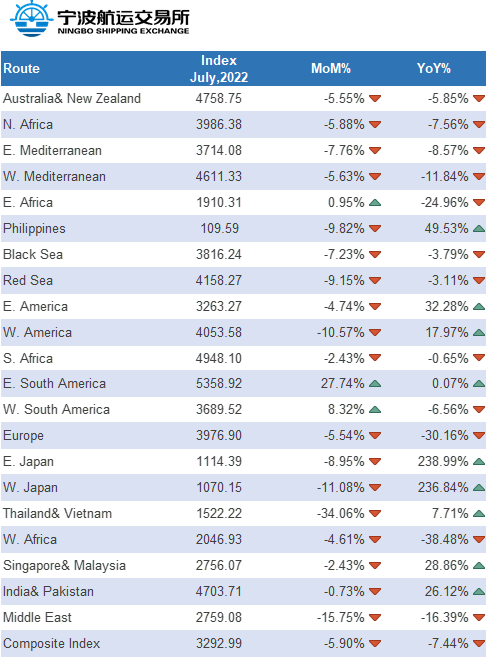Jining, east China’s Shandong province, has made significant progress in leveraging the unique advantages of the Beijing-Hangzhou Grand Canal to build a shipping center of inland rivers in northern China, according to a press conference held by the Information Office of Jining Municipal People’s Government on July 20.
The combined cargo throughput at ports in Jining rose 30.2 percent year on year to nearly 28.32 million tonnes between January and June this year, during which these ports handled 23,000 twenty-foot equivalent units of containers, up 168.9 percent from the same period last year, an official said at the press conference.
The 14th Communist Party of China congress of Jining proposed unswervingly implementing the strategy for making breakthroughs in modern port and shipping logistics services, and established the modern port and shipping logistics development headquarters of Jining, aiming to pool citywide efforts to boost the development of the industry.
Officials disclosed at the conference that for speeding up the growth of Jining’s modern port and shipping logistics industry, the city has divided Jining Port into eight port areas and determined various collection and distribution channels, providing guidance and foundation for the development and construction of Jining Port as well as efforts to effectively protect and rationally use shoreline resources.
In an effort to promote the upgrading of the modern port and shipping logistics industry, Jining has made scientific planning and promoted synergy between and in-depth integration of ports and industrial fields in the hinterland.
Besides, the city has strived to improve the handling capacity of its ports, with efforts focused on the building of three port clusters with a capacity of more than 100 million tonnes. It has also endeavored to accelerate the upgrading and transformation of the Jining section of the Beijing-Hangzhou Grand Canal, among other major projects, expanded market for logistics services and trade, and built five major industrial parks to comprehensively facilitate the integrated development of ports and industries.
Moreover, Jining has established a smart trading platform for logistics services. During the first half of this year, 432,600 tonnes of goods were traded via the platform, with the total transaction value hitting 919 million yuan.
As the proportion of goods for trade in the total revenue of Jining Port and Shipping Development Group Co., Ltd., operator of ports in Jining, rises to 96.96 percent, the city’s ports are being transformed into ports with high added value and playing increasingly important roles in such industries as foreign trade and finance.
The modern port and shipping logistics development headquarters of Jining will further stimulate the endogenous impetus of Jining’s modern port and shipping logistics industry and speed up the upgrading and comprehensive revitalization of inland river transportation, in a bid to form a modern comprehensive logistics paradigm, said Zhang Meng, deputy director of the office of the headquarters.
Source: Global Times







